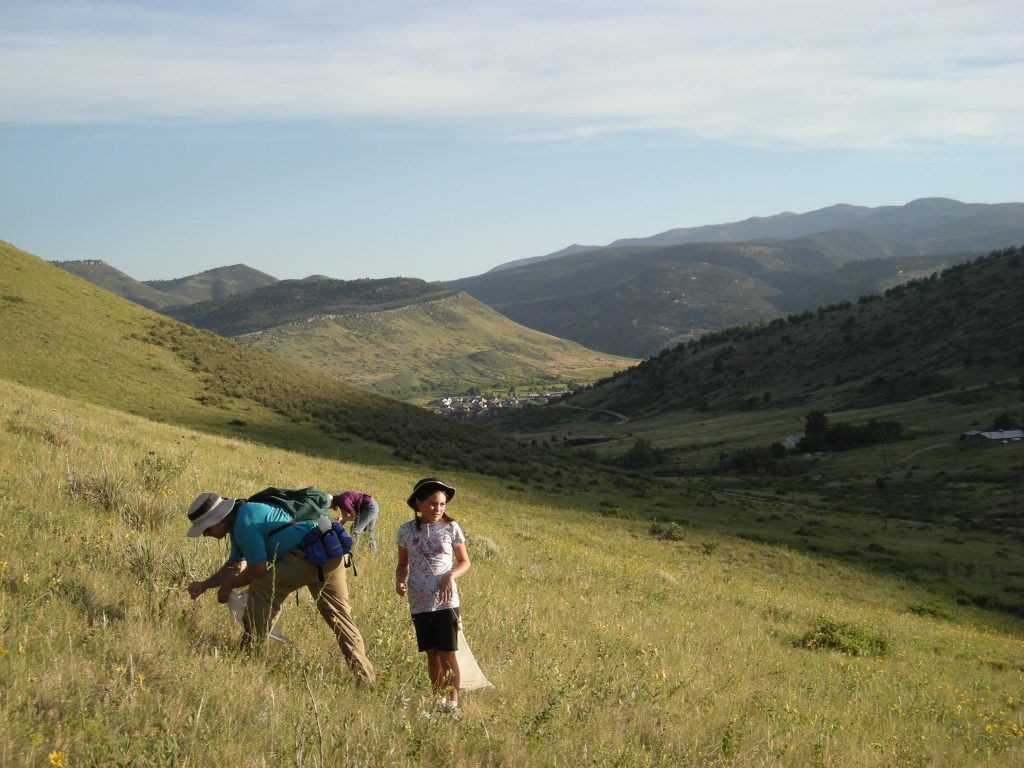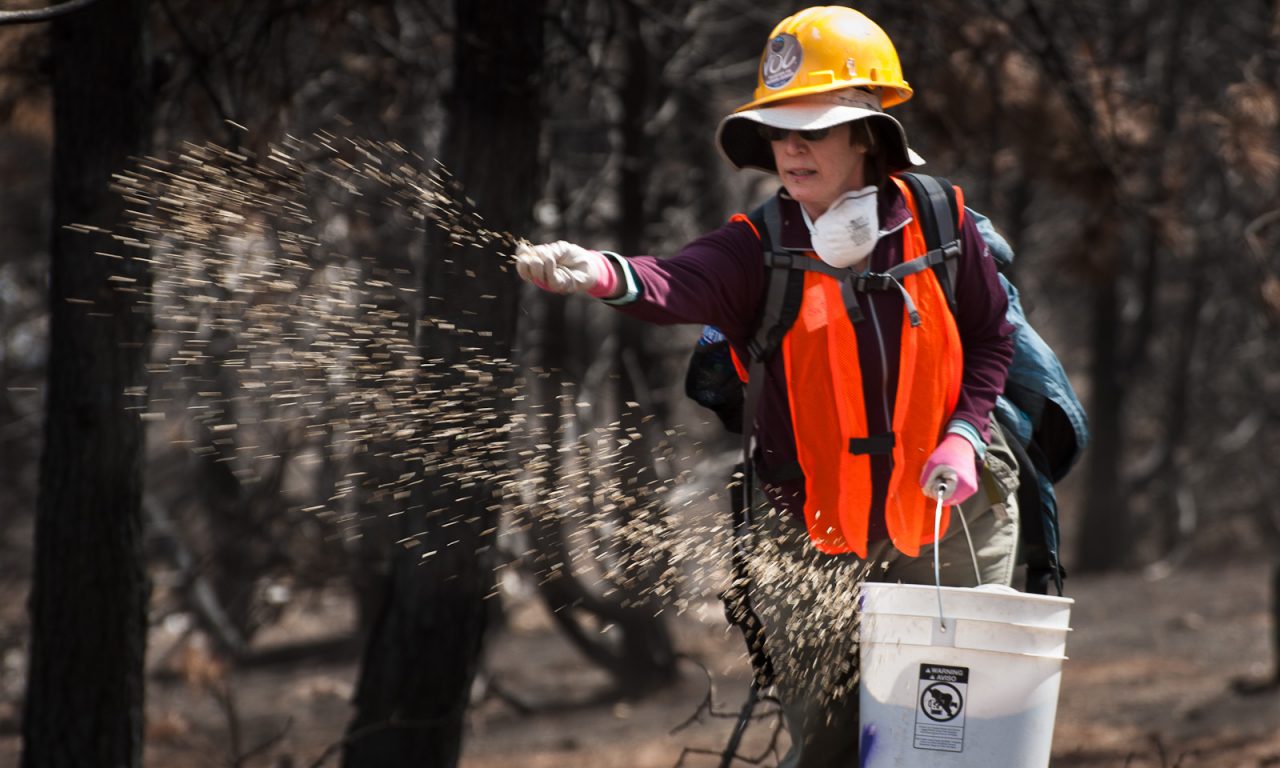The right seed, in the right place, at the right time. This phrase is emblematic of a growing field of restoration science, in the use of site specific, or ecotypic seed for restoration work. An ecotypic plant is one that is locally adapted to survive and thrive in a specific geographic area and conditions of that site. Conditions include soils, precipitation, minimum winter temperatures, maximum summer temperatures, and other factors that go along with generations of being rooted to a specific site.
Locally Grown
Many plant species are native to a wide swath of territory in North America, or even beyond. The same species may grow in North Dakota and in New Mexico, or Colorado and Iowa, despite those states having vastly different climates. The hypothesis is that seed collected from plants in Colorado would do better here than seed from plants collected in Iowa. Along the Front Range, we have plants that are much more common further east, in areas of much higher precipitation and fertile soils. One of these, big bluestem (Andropogon gerardii), is found along some of the Front Range creeks, and into our lower foothills. Perhaps a relic of a wetter past climate, it is more common as a component of the tallgrass prairie of Kansas, Nebraska, Iowa and beyond. Much of the seed available in the commercial market originates from these areas. The question is, will the seed from a plant accustomed to 30 to 40 inches of rain and fertile soils, survive and thrive on our rocky foothills with only 16 inches of precipitation? Our hypothesis was no, it would not survive and thrive, so we needed to collect our own seed.
Partners for Collection
Boulder County Parks and Open Space (BCPOS) has collected our own native seed since the late 1990s. That effort has ramped up in the last 10 years. Working with our volunteers, and partnering with Wildland Restoration Volunteers, we have collected seed from over 80 species of grasses, forbs, shrubs, trees, and wetland plants. However, there is a limit to how much volunteers can collect by hand, how much seed we needed to reseed larger areas, and how much seed we would feel comfortable removing from our parks while still leaving some for natural regeneration. In order to acquire more seed, we turned to agriculture. In 2006 we started working with the Federal Plant Material Centers in Meeker, Colorado and Los Lunas, New Mexico to take a small amount of collected seed and grow it out in an agricultural setting.
In subsequent years, we branched out and started contracting with a private seed grower in eastern Washington State. This area, with a similarly dry climate to Colorado (but with much more reliable and robust irrigation due to the Columbia River Irrigation Project) grows much of the native seed available commercially. With fertile soils, dependable irrigation, weed control and other agricultural practices, the result is seed harvested in much larger quantities, and without any impact to native stands. In one instance, one pound of collected seed produced nearly 1,000 pounds of seed in return.
Growing Seed
All along, BCPOS thought we could find a local farmer interested in growing seed here in Boulder County, possibly on some of the 20,000 acres of agricultural land that we steward. However, the small scale and special equipment required did not exactly mesh with our large scale corn and sugar beet operations that make up a majority of agricultural lands in the county. However, when the county started to offer a few, select small parcels for market farms, we saw an opportunity. In 2012, the department started our own native seed garden at the Peck property.
The Peck property is located on the southwest corner of Longmont, sandwiched between the Diagonal Highway and Lefthand Creek. The property is approximately 22 acres, and on a small part of that field, along the LOBO trail, BCPOS has a dozen beds growing a variety of native grasses and wildflowers. Staff and volunteers tend to the planting, weeding, and harvesting, while the agricultural tenant helps with irrigation.
Next time you walk the LoBo trail in the spring or summer, take a look to the north and you might see flowering penstemon, yarrow, blanket flower, or yellow coneflower. The seed is harvested, cleaned, and then added to mixes used to restore disturbed areas on our open space, ranging from old prairie dog towns, to new trail sides, forestry or fire impacts.
How to Help
Join us on a native seed collection at one of our many beautiful open space properties, come out to volunteer at the Peck Native Seed Garden itself, or help sow the seed on a restoration project. There are opportunities to participate in the complete circle of the process, seed to seed.




